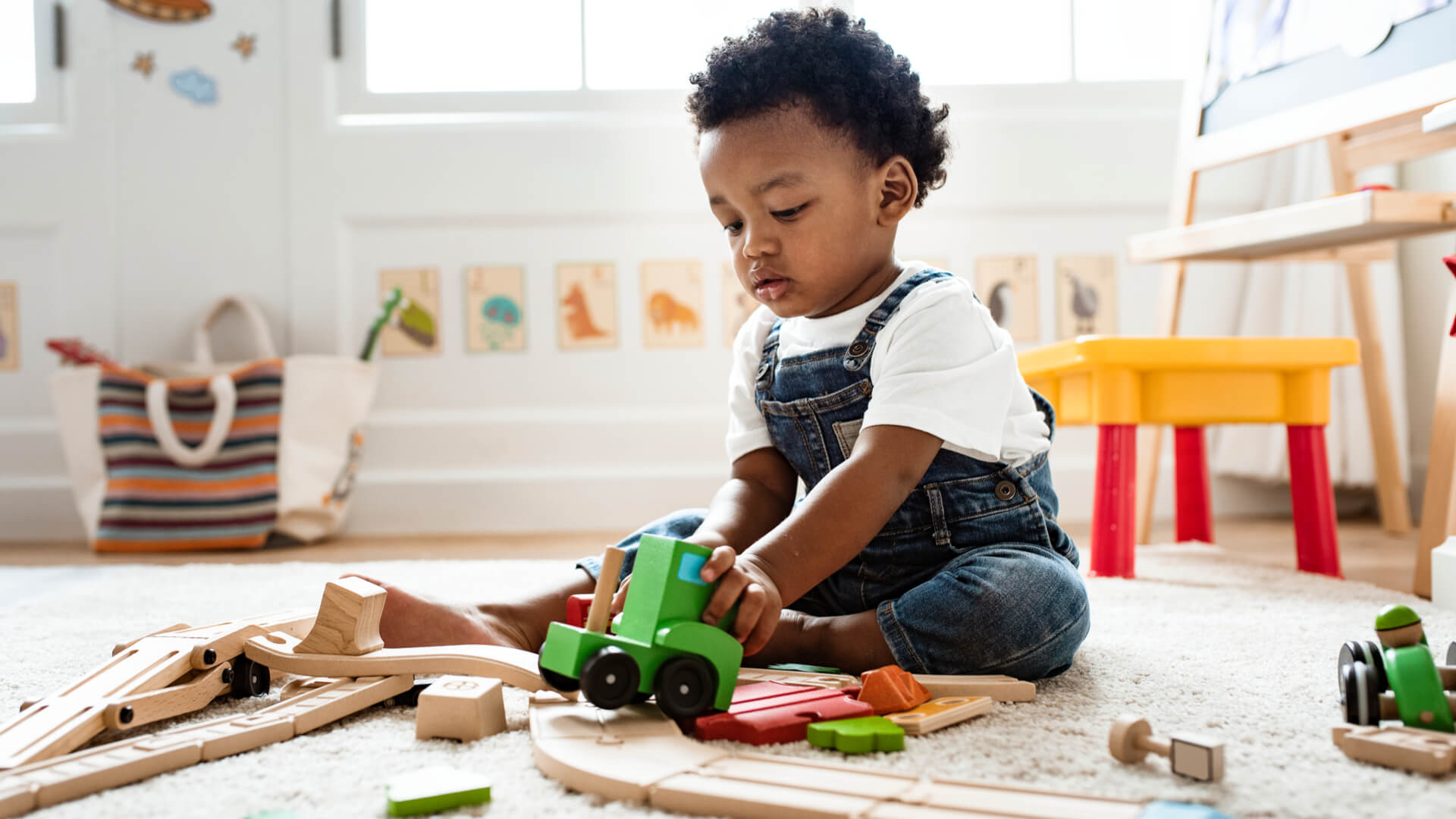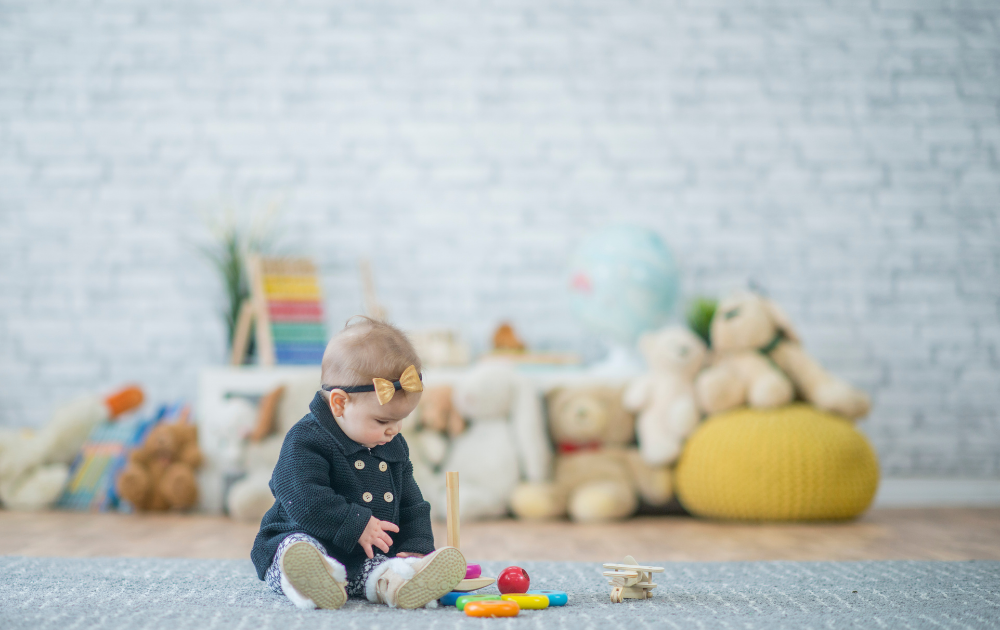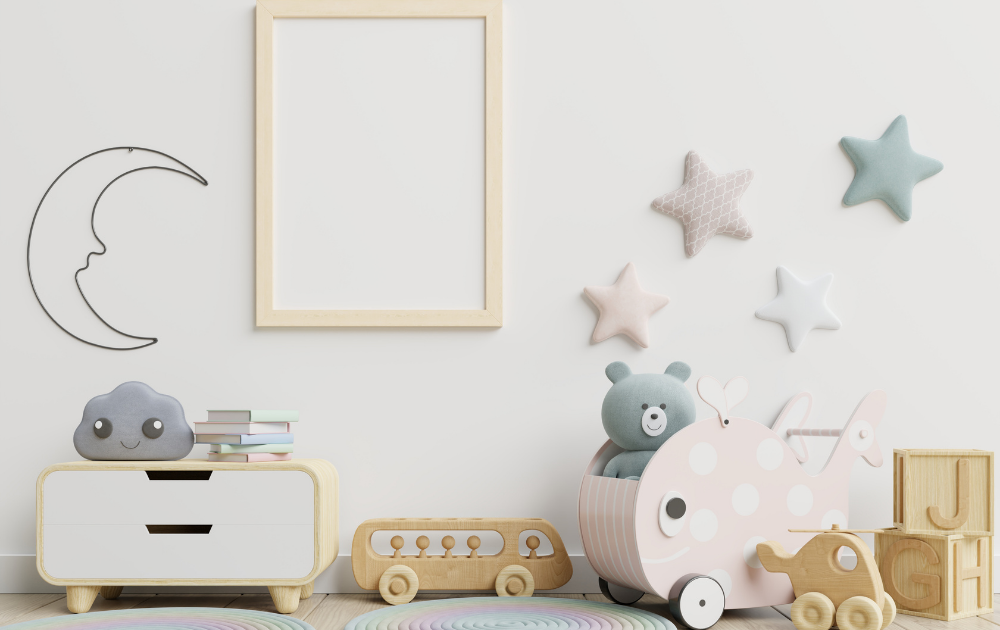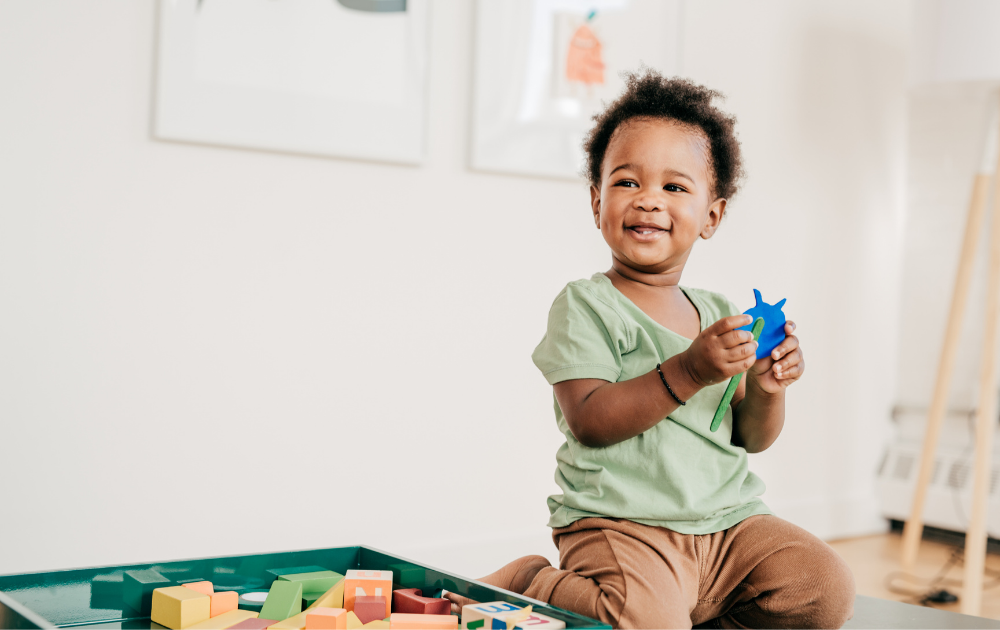
05 Feb The Many Benefits Of Independent Play: It’s More Important Than You Think!
There is nothing more enjoyable for parents than spending a Saturday afternoon outside in the fresh air, at a park or beach with their little one, playing together. Watching them cruise down a slide, or pushing them ever higher on a swing while they squeal with delight is fun for both of you. These activities help foster the bond you spend a lifetime developing.
However, children need to play by themselves sometimes. Depending on their age, leaving them alone to build a castle in the sand, or come up with an intricate story with a cast of stuffed animals, is excellent fuel for emotional and intellectual development.
It can be difficult for parents to leave their child alone, even if it is just for a few minutes or an hour or two. This is especially true for busy professionals, who get precious little time with their children when the workday is done.
But it’s good for them, and in this article, we offer some ways to help them (and you!) let go, so they get used to flying solo. You should always be close by, of course, but letting them steer playtime and develop ways to spend a little time on their own can teach them some valuable lessons. First, however, you need to create the perfect place to play.
1. Build a safe, warm play environment.

The area in which your child plays alone must be safe, of course, which means no table legs they can bump their head on and no objects they might trip over. It might be a corner of the family’s media room cleared of furniture, or it could be a spot in their bedroom that’s empty of shelves. What counts is that they have space, that they can fill with toys, books – whatever they decide to use while playing alone.
2. Stow the “buzzy” toys temporarily.

This playtime should encourage your child to use their imagination. In other words, toys that do the work for them – dolls that talk, robots that move when they press a button – should be set aside temporarily. Building a fort of towels and chairs, doing a jigsaw puzzle, or writing a story that stars their favorite stuffed bear are all ideal activities for independent play. Any activity your child wants to engage in that stokes their creativity is the kind you want to encourage.
3. Start with them, then quietly back away.

It’s fine for you to stay just long enough to launch them on whatever kind of play they want to do, but keep it short. Once they’re engaged, just step out of the room (or go sit on the sofa) and let them continue on their own. If you do stay in the same room because of their age, or because space is an issue, don’t keep up a running commentary! Instead of critiquing their play, or suggesting they do something else, let their imagination run wild. At the end of playtime, ask them to tell you all about it, and enthusiastically insist on all the details.
4. Let them overcome hurdles on their own.
Rather than offering suggestions at every turn, there’s little need to offer guidance unless they genuinely need help. Encourage them to keep trying alone, and remind them of how wonderful it feels when they accomplish a task without you.
5. Independent play helps to develop life skills.

If you’re having a tough time letting your child play by themselves, remember that even 10 minutes of solo play contributes to the development of many life skills, including problem-solving and stress management, creativity, and artistic ability. Reading a book on their own improves vocabulary. Drawing a portrait of the family enhances their visual skills. Any task they set their mind to during independent play challenges them in good ways – they become more able to tackle new things and enjoy a sense of satisfaction when they achieve it on their own.
6. Make independent play a regular activity.
Make independent play a regular activity. Whether it works best to have playtime right after preschool or kindergarten, or it’s first thing in the morning or after their afternoon nap, independent play should be a regular part of their schedule. It doesn’t have to be for a set time (always an hour, for example) but unless something truly important comes up, ensure it is always in their routine. The more they get accustomed to being away from you – even if you’re only 15 feet away – the sooner they will feel independent in ways other than playing.
7. It limits screen time.

Child experts are divided on how young is too young for children to start using digital devices. However, they all agree on one thing: no child should be allowed unfettered access to them throughout the day. Independent play gives you the perfect opportunity to put away those devices and pull out the toys, books, and games that rely on your child’s imagination to function.
Even children as young as three and four should be left to play on their own for a few minutes. Stay within earshot and even visual range if leaving them completely alone makes you uneasy, but stay in the background and let them spend these moments by themselves. They may surprise you with their imaginative impulses, their creativity, their physical dexterity and their problem-solving skills. When playtime is over, scoop them up in your arms and ask to hear all about it. They will love telling you about everything they accomplished, and next time, they’ll tackle independent play with confidence and joy.